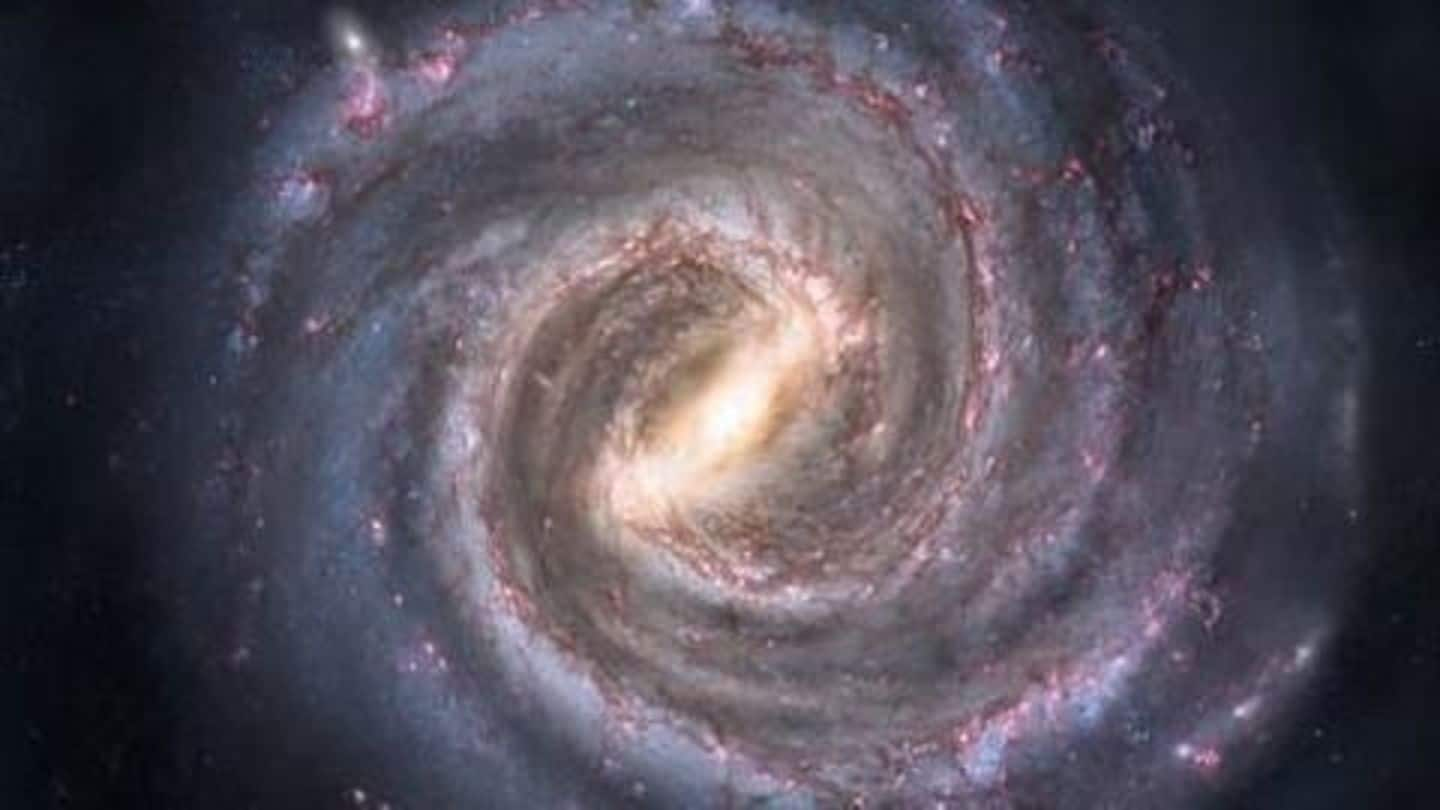
Milky Way could be home to 100 billion brown dwarfs
What's the story
A study by scientists from Portugal's University of Lisbon and Scotland's University of St. Andrews has explained that our galaxy, the Milky Way, could be home to about a 100 billion brown dwarfs or "failed stars" as they are called.
Previous studies had estimated the number of brown dwarfs in the Milky Way to be significantly lower.
Definition
What are brown dwarfs?
Brown dwarfs, like stars, are formed when clouds of interstellar gas collapse under their own gravity. In terms of mass, they are in between the heaviest gas giants and the lightest stars. They aren't massive enough for nuclear fusion, and thus emit very low light.
Previous studies
Limitations of previous studies on brown dwarfs
Brown dwarfs were initially discovered in 1995, and previous studies had estimated there are six stars for every brown dwarf in the Milky Way.
However, all these studies were predominantly carried out within a range of 1,500 light years from Earth, mostly because it was easy to observe faint brown dwarfs within this range.
The Milky Way, however, spans 100,000 light years.
Current study
How the researchers came to their findings
While conducting their Substellar Objects in Nearby Young Clusters (SONYC) survey, the researchers from the two universities found that there existed about half as many brown dwarfs as there were stars in the star cluster NGC 1333 - three times the previous estimate!
To make sure that NGC 1333 wasn't an anomaly, they looked at another cluster, RCW 38, and found the same results.
Quote
Brown dwarfs are "really common"
"We've found a lot of brown dwarfs in these clusters. And whatever the cluster type, the brown dwarfs are really common. Brown dwarfs form alongside stars in clusters...there are a huge number of brown dwarfs out there," said Aleks Scholz from University of St. Andrews.
Findings
There probably exist billions of brown dwarfs in the galaxy
The researchers observations in the nearby NGC 1333, and the far-away RCW 38 (5,500 light years away) revealed that brown dwarfs were much more common than previously thought.
Factoring in the size of the Milky Way, the researchers concluded that our galaxy holds a minimum of 25 billion to 100 billion brown dwarfs, but the number is likely to be much, much higher.